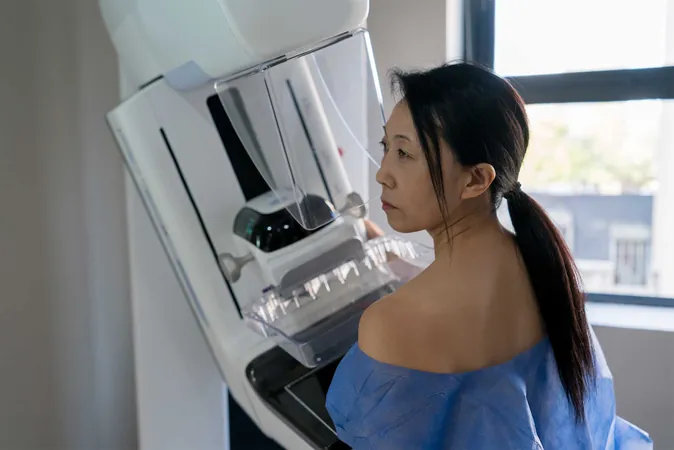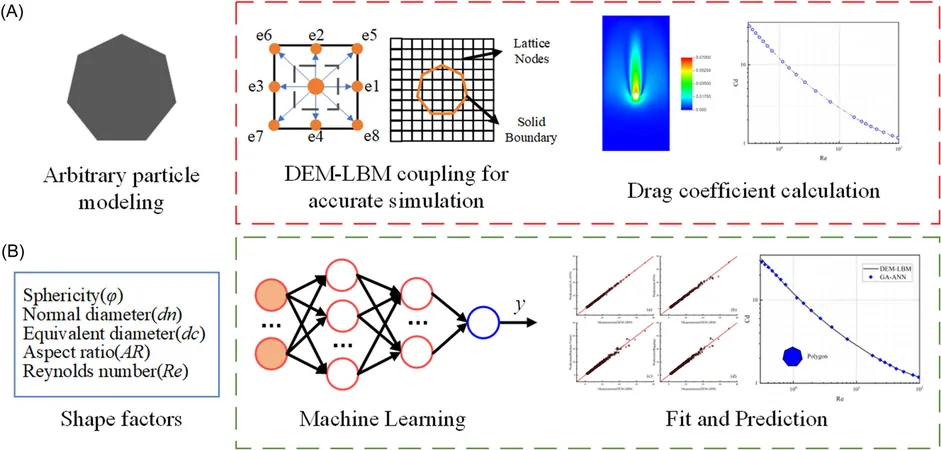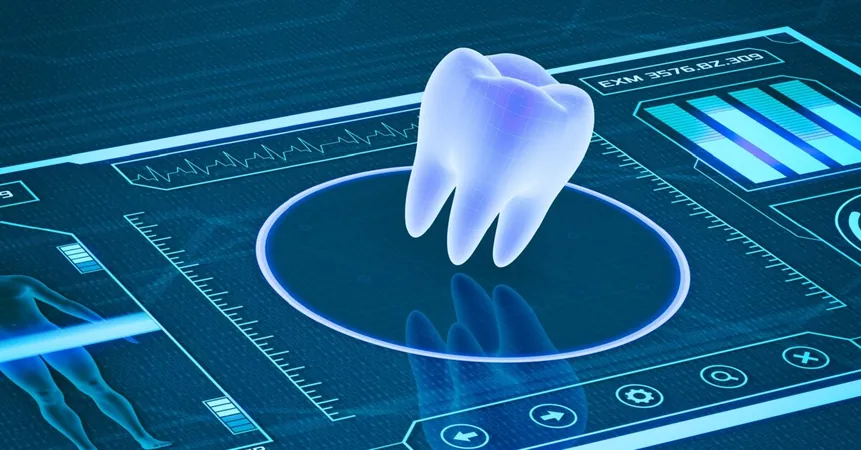
Warning for Younger Women: Breast Cancer Risk is on the Rise!
2024-10-30
Author: Wei
Alarming Trends in Breast Cancer Rates
A recent report from the American Cancer Society has revealed alarming trends regarding breast cancer rates among women in the United States. Between 2012 and 2021, the overall incidence of breast cancer among American women has increased by 1 percent each year. However, this uptick is particularly pronounced in younger women under the age of 50, alongside Asian American and Pacific Islander populations.
Continuing Mortal Threat
Breast cancer continues to be the second leading cause of cancer-related deaths in women, following lung cancer. Despite an impressive 44 percent decline in overall mortality rates since 1989—thanks to advances in medical treatments and early detection methods—significant disparities remain across different racial and ethnic groups. For instance, the mortality rates among Native American women have remained stagnant over the last three decades. Meanwhile, although Black women exhibit a 5 percent lower incidence rate than their white counterparts, they are 38 percent more likely to die from breast cancer, highlighting longstanding issues of healthcare inequality.
Expert Insights
Dr. Laura Collins, a renowned breast pathology expert at Beth Israel Deaconess Medical Center and a faculty member at Harvard Medical School, emphasized the concerning trend of increased breast cancer diagnoses in younger women. She noted that while this pattern was already anecdotally recognized in clinical practice, it is now conclusively documented in the American Cancer Society report.
Contributing Factors to Rising Cases
But what might be driving this rise in breast cancer cases among young women? Dr. Collins speculated that various lifestyle changes, such as deferred childbearing, rising obesity rates, and a decrease in physical activity, could be significant contributors, as regular exercise is known to lower cancer risk. Additionally, the emergence of environmental concerns, like microplastics found in food and water, could further complicate our understanding of breast cancer risk factors.
Importance of Early Detection
Despite the increase in cases among young women, advances in screening mammography have improved early detection, which is crucial. The earlier a cancer is diagnosed, the better the chances for effective treatment. Yet, it's vital to recognize that the stagnation in the decline of overall breast cancer incidence has become a growing concern.
Demographic Disparities
The report also highlighted demographic disparities, with significant differences in breast cancer rates between various racial and ethnic groups, often influenced by systemic racism and healthcare access barriers. Black women, for example, tend to present with more aggressive cancer types at advanced stages due to these inequities.
Challenges for Younger Women
For younger women facing breast cancer diagnoses, the challenges can be particularly daunting. Breast cancer is often perceived as a disease primarily affecting older women, leading to a dismissive attitude toward any symptoms presented by younger patients. Dr. Collins emphasized the critical need for heightened awareness and vigilance; women who experience any abnormalities in their breasts should seek prompt evaluation and follow-up to ensure timely treatment if necessary.
Proactive Measures
As a proactive measure, younger women should be aware of their family histories regarding breast cancer, as this increases their risk profile. The U.S. Preventative Services Task Force has modified recommendations, reducing the age for screening from 50 to 40 years. Understanding personal risk factors—ranging from lifestyle choices to hereditary concerns—will allow women to advocate for their health more effectively.
Looking Ahead
In summary, there is hope for a future with improved detection and treatment of breast cancer, particularly for younger women. Ongoing research and a robust commitment to addressing the unique challenges faced by these patients are essential. Awareness and education will pave the way for earlier interventions, potentially saving lives and improving outcomes for the next generation of women. It's crucial to remember: if you notice any changes, don't hesitate—get checked!





 Brasil (PT)
Brasil (PT)
 Canada (EN)
Canada (EN)
 Chile (ES)
Chile (ES)
 España (ES)
España (ES)
 France (FR)
France (FR)
 Hong Kong (EN)
Hong Kong (EN)
 Italia (IT)
Italia (IT)
 日本 (JA)
日本 (JA)
 Magyarország (HU)
Magyarország (HU)
 Norge (NO)
Norge (NO)
 Polska (PL)
Polska (PL)
 Schweiz (DE)
Schweiz (DE)
 Singapore (EN)
Singapore (EN)
 Sverige (SV)
Sverige (SV)
 Suomi (FI)
Suomi (FI)
 Türkiye (TR)
Türkiye (TR)